Desertus Ride with Pinion
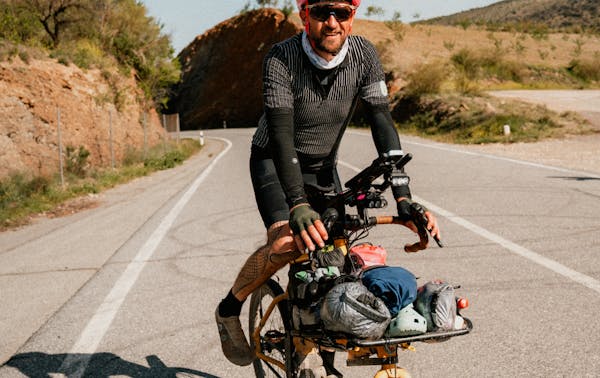
Right after Desertus Bikus, we caught up with him to find out how the setup performed, what surprised him, and why he believes MONoPOLE is more than just a city bike.
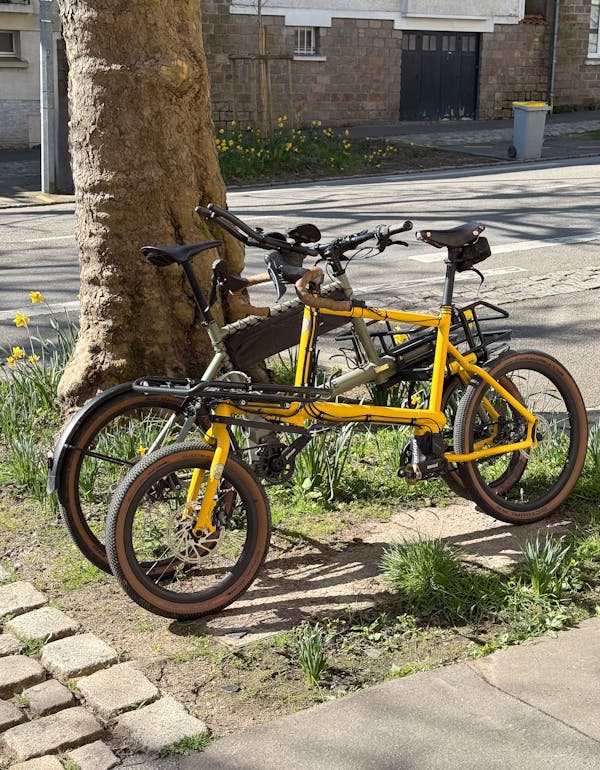
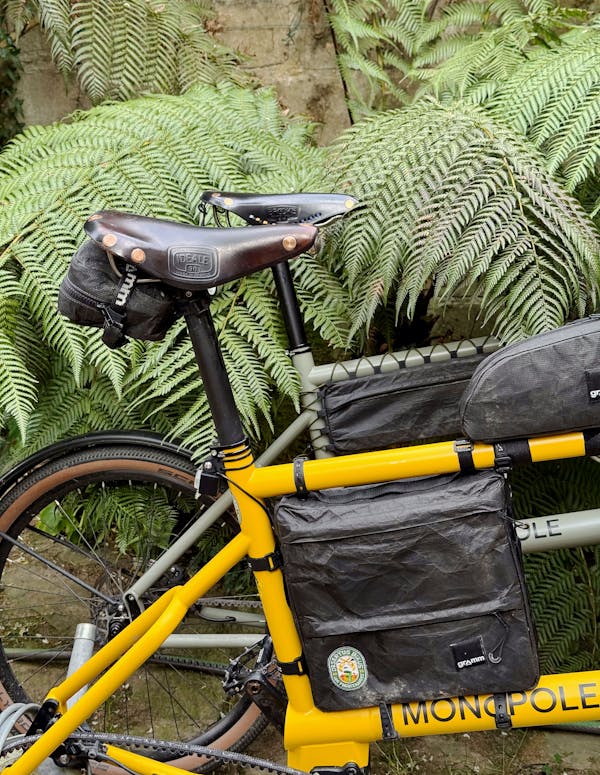
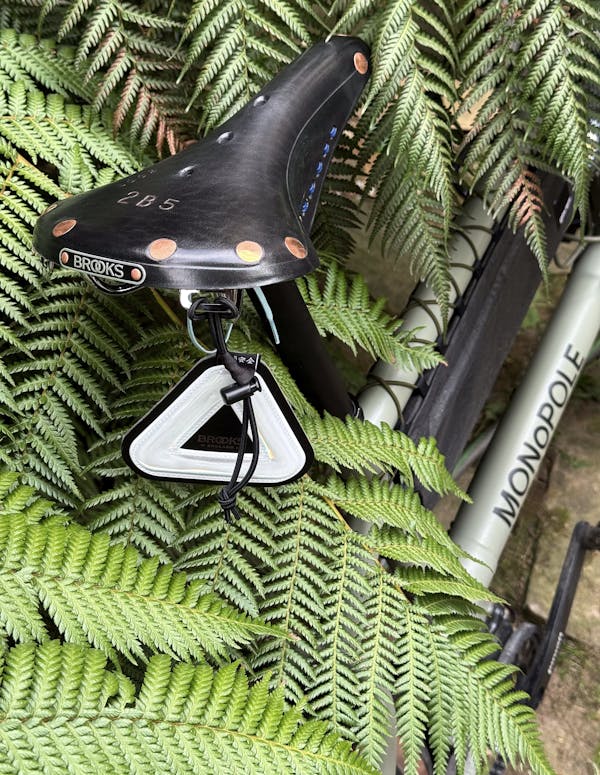
Stéphane, you’re riding two MONoPOLEs—one for everyday use, one for adventure. How did that happen?
I discovered MONoPOLE through the Monocle design award and social media. I was looking for a cargobike without a battery—something more compact than my Bullitt. I loved the unique design; it’s not the usual diamond-shaped frame. That’s how I ended up with my first one. Then later, we talked about trying an ultracycling event with a MONoPOLE—and I thought, why not? Let’s try something new.
What do you like about your daily commuter MONoPOLE?
It’s compact and practical. I can take it on a train, in an elevator, or carry it upstairs. It rides like a normal bike, but with added utility. And the Pinion gearbox—that was new to me. Now, I love it. It’s simple, low-maintenance, and reliable. No fuss.
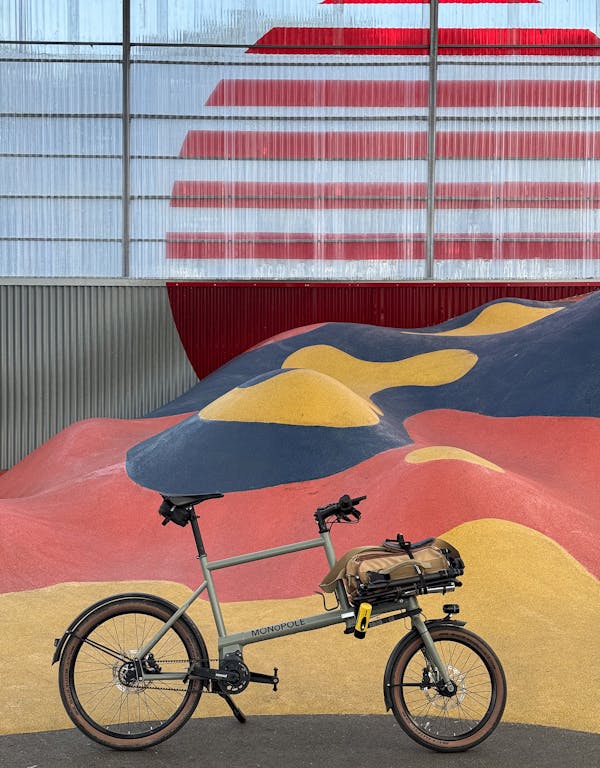
Your second MONoPOLE is built for the wild. Tell us about this adventure setup?
I swapped in carbon wheels, added a dropbar with triathlon extensions, and installed a custom shift setup using Hilite’s Hibox for the Pinion gearbox. I also customized a rectangular frame bag to fit the unusual geometry and left space for bottles. Most of my luggage went on the front rack, keeping the center of gravity low. This is a big improvement compared to having a big saddle bag like on your standard setup on a gravel bike.
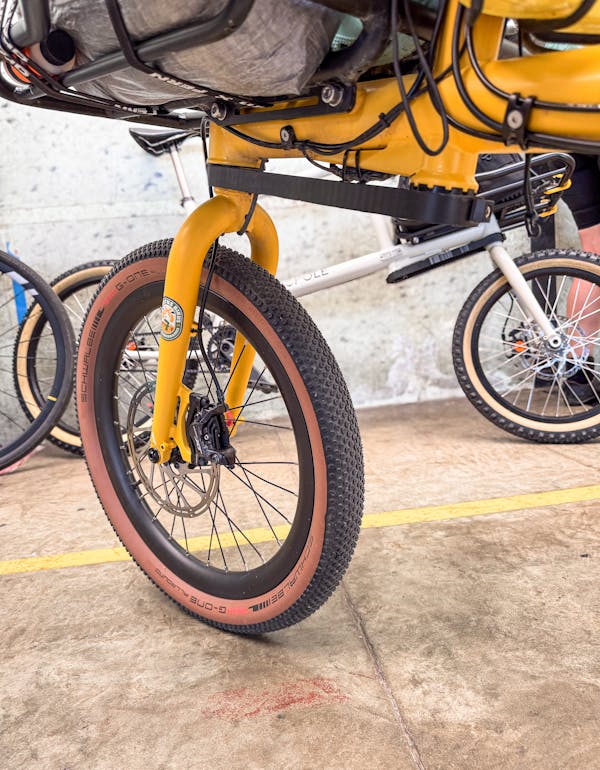
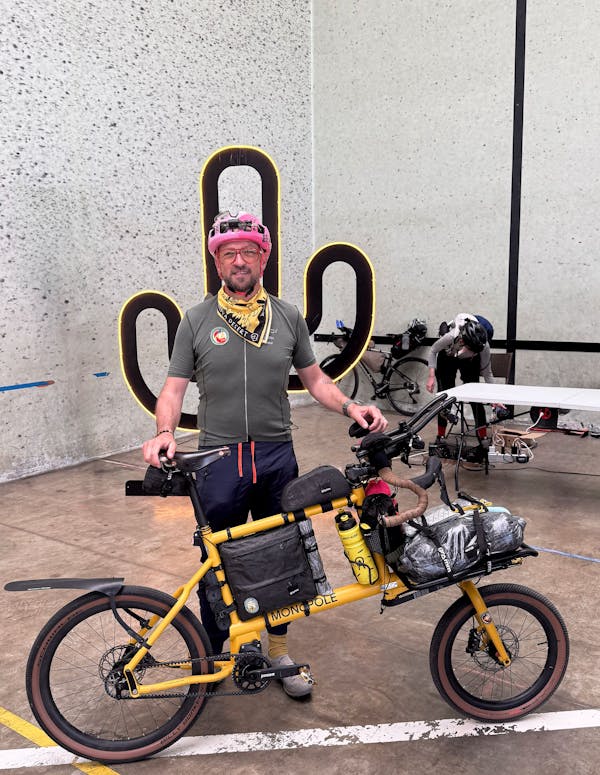
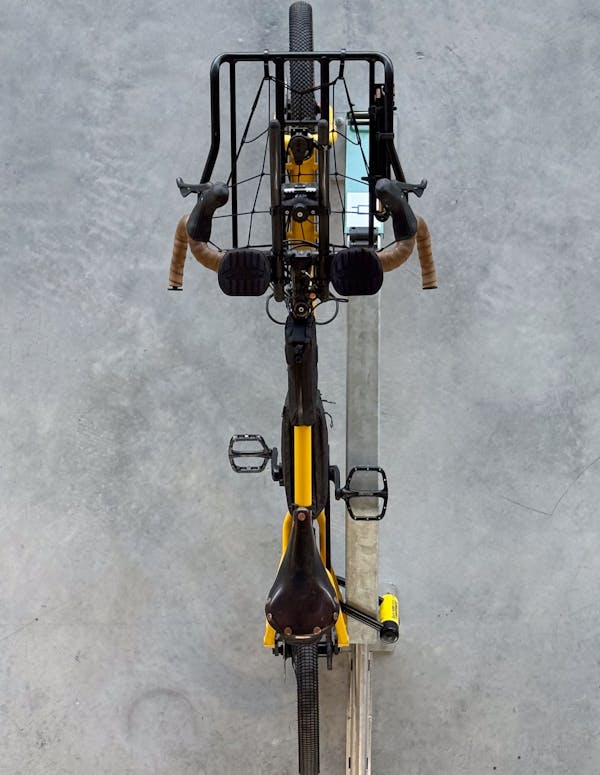
And then you took it to Desertus Bikus. Why this race?
It was my third time doing Desertus. It’s more than a race—it’s a mix of competition and adventure. You meet people with very different setups, all riding for their own reasons. Some finish in two days, others—like me—take a week. It’s hard but beautiful.
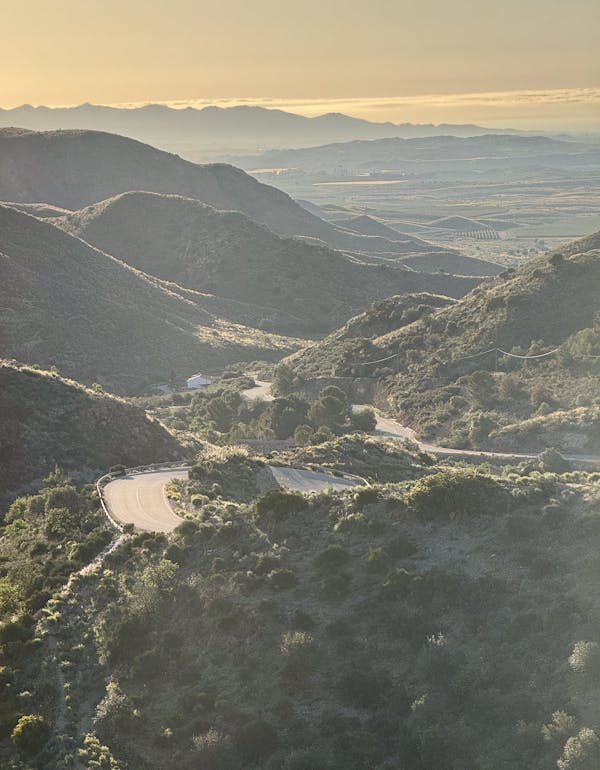
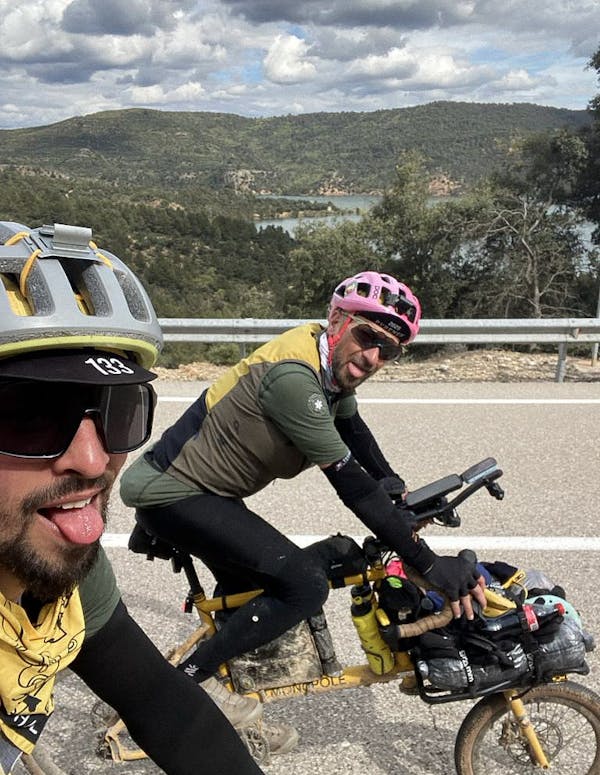
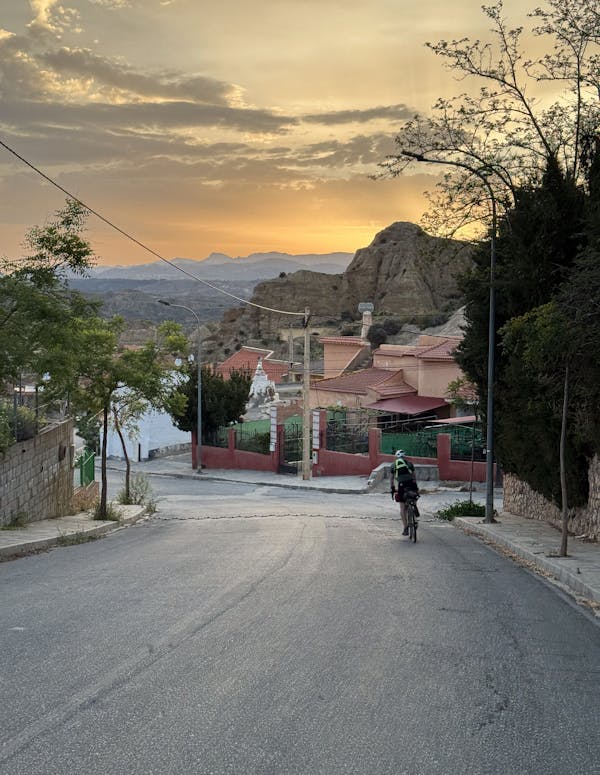
Let’s talk terrain. How was the route?
The first days were tough—rain, mud, and strong wind. We had to stop and camp under a church roof at 6 a.m. just to wait for the weather to clear. The middle part was long—600 km between checkpoints—and less scenic, sometimes along highways. But the start and finish, especially in Granada and Sierra Nevada, were stunning.
How did the MONoPOLE handle it all?
Really well. Mechanically, I had almost no issues. I had to re-tension the rear wheel spokes. That’s it. The bike was solid. Even in deep mud, the steering with the Gates belt worked perfectly. No clogging, no resistance. And while my friends had to oil chains and deal with derailleurs, I just rinsed the belt and rode on.
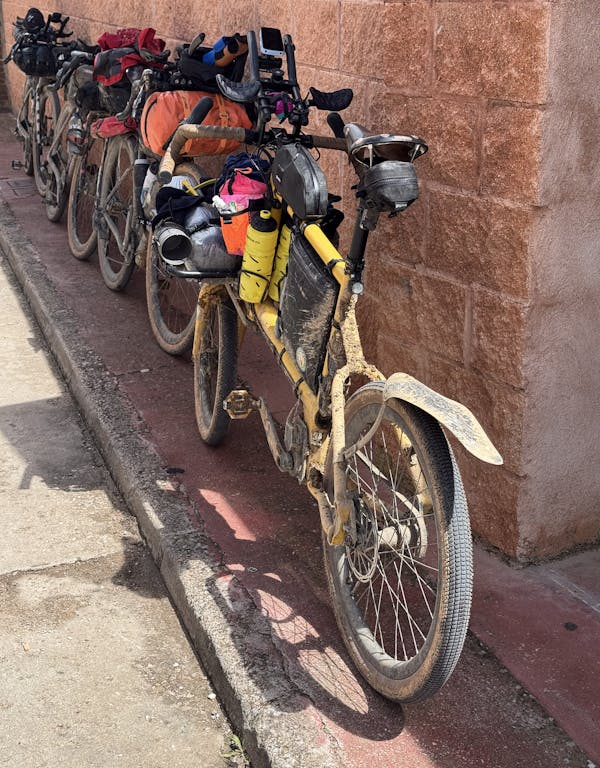
What was the biggest challenge?
My setup was around 28 kg without food or water—at least 5–10 kg more than my friends' bikes. Uphills and headwinds were harder. I tried to stay with the group, but their bikes were lighter. In hindsight, I should have ridden at my own pace. The MONoPOLE can handle the terrain—you just need to respect its rhythm.
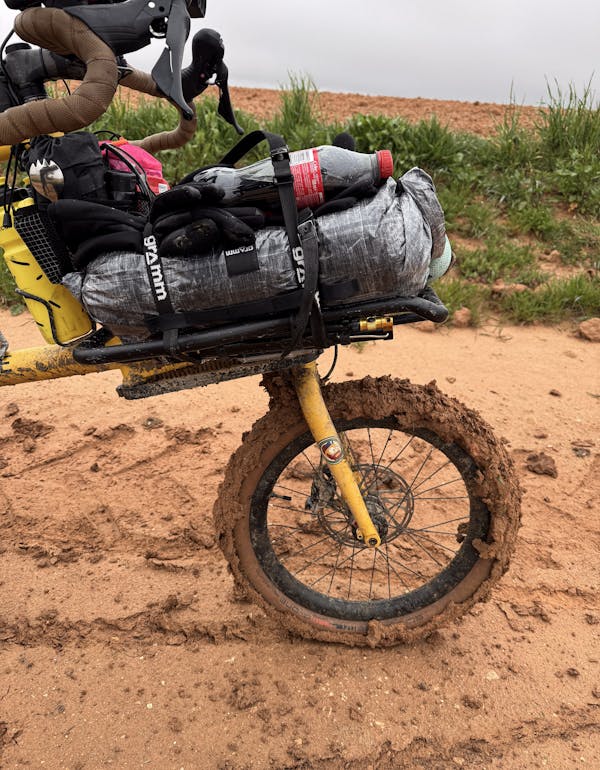
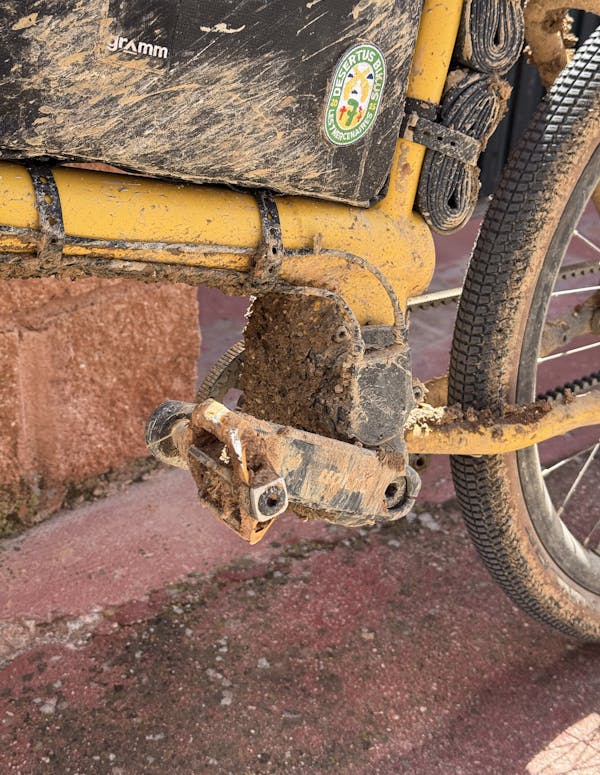
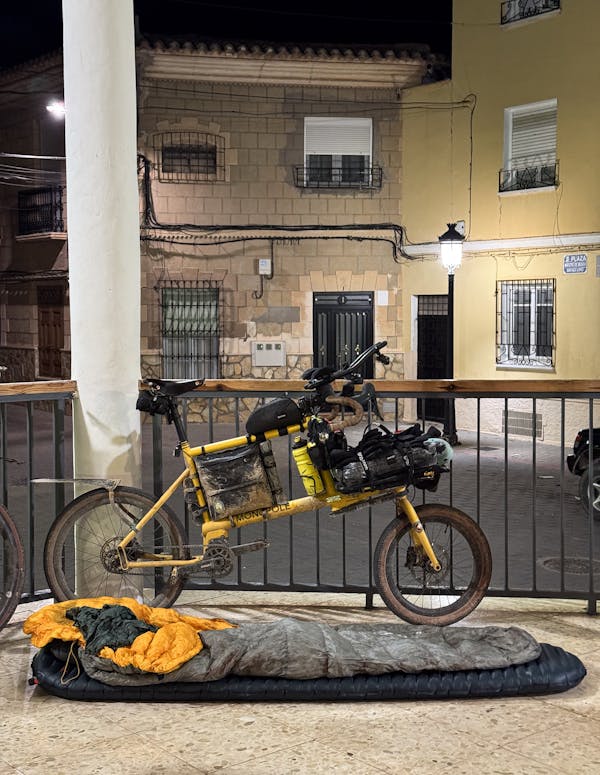
Would you change anything for next time?
Yes, maybe a 26" rear wheel. 24" worked, but finding good tires was hard. Also, more rack options would help. But the riding comfort and stability? Nothing but praise.
You’ve done this race before on a standard gravel bike—how different was it riding the MONoPOLE?
Very different. Heavier, yes—but also simpler. The gearbox, the steering, the frame—it’s made for harsh conditions. It’s not a typical gravel race bike, but it gives back in reliability.
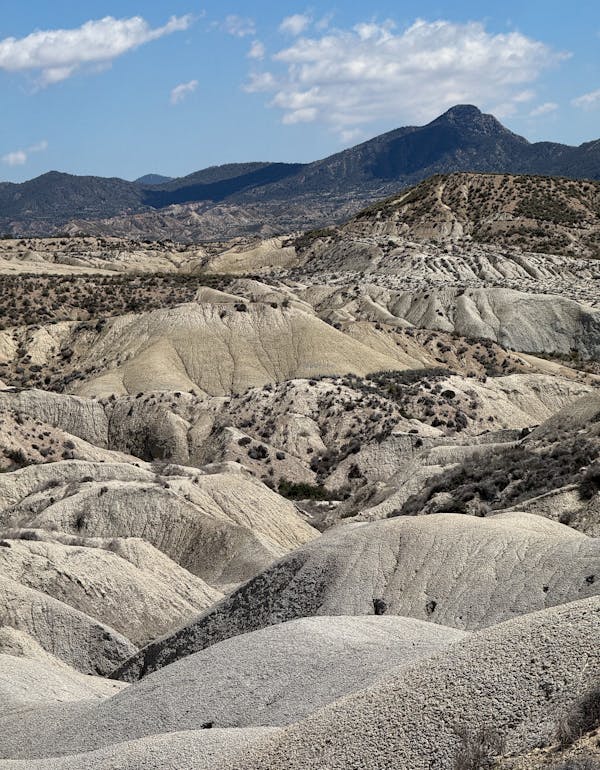


«Heavier, yes—but also simpler. The gearbox, the steering, the frame—it’s made for harsh conditions.»
How did people react to your MONoPOLE?
People loved it. Everyone noticed it—the shape, the color, the Pinion gearbox. It stood out. I was one of only three riders with a cargo-style frame. The others were on Omnium. But the MONoPOLE drew the most attention.
And when you got back home—how was it to ride your everyday MONoPOLE again?
It felt great. Light, easy, practical. Like a bike that knows the city. But now I know—it can do much more than that.
Final question: your Desertus Bikus experience in three words?
Different. Hard. Great.

Stéphane Chalmeau
All images courtesy of © Stéphane Chalmeau.
Portrait of Stéphane © Victor Dubas.
Follow him on Instagram
@gravelbzh and @schalmeau
The Race